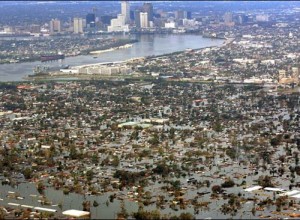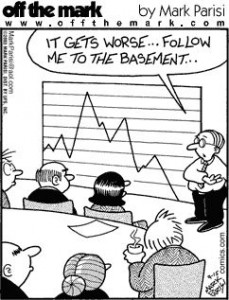Our team, Blue Demons for a Cure, chose to support the American Cancer Society (ACS). We organized a few micro-events, leading up to our main event, which was the 5K Making Strides Walk hosted by ACS. Our scheduled events and a brief description are below:
Pilsen Yoga Tribe: We presented our charity and main event at an established yoga community event.
Pink & Drinks: We hosted an event at a local bar where all proceeds from pink drinks (bartender specialty drink) were donated to our team and ACS.
5K Making Strides Walk: We created a team and walked 3.2 miles around the Independence Grove Lake.
Buffalo Wild Wings (BWW): 15% of all food purchases, with the voucher present, were donated to our team and ACS.
In conjunction with these events, we sold merchandise: T-shirts (shown below left) and Dry Cookie Jar Mixes (shown below right).
All our efforts were for the American Cancer Society, but specifically for Breast Cancer Awareness Month. This nonprofit is over 100 years old and is the largest voluntary health organization in the United States. It goes by three values which is “saving lives by staying well, getting well, and fighting back” (http://www.cancer.org). They state that they have saved over 1.5 million lives in the past decade due to their relentless contributions.
During the planning phase of our project, we made predictions and established success measures. We did not achieve some of them, with some examples being as follows:
- 5K attendance goal: 30 people (12 people attended)
- Total fundraising goal: $3,050 ($2,524 was raised)
Although some of our actual results fell short of our original success measures, we still consider our project as highly successful. We executed our plans effectively and we worked very well together as a team. All members participated in project coordination and event/product marketing, thus gaining valuable project management experience. Most importantly we were able to meet all of our deliverables on time. From this experience we learned a few things that will utilized in our personal and professional lives:
1) Use the communication medium that works best for your team. A student from the previous MGT 598 class recommended we utilize Trello, as it could minimize the use of lengthy, confusing email chains. Our group did open up an account for that particular reason, but it was impractical for us to completely eliminate the use of email. It was much easier and more convenient for us to email each other via our smartphone. Trello became a calendar or deadline reminder for us.
2) Be able to adapt to “mishaps” and bounce back quickly. In the beginning, we were debating between logos and team names. After the initial T-shirt order was submitted, we received feedback from DePaul’s marketing director that we could not use the logo. Our team quickly revised the logo to comply with university policies, selected the design below, and had minimal impact to project schedule:
3) Expanding your scope is not always a negative thing, as long as you creatively fit the event into your overall goal. By our second week we had the final project plan and it did not include BWW. BWW finally responded to us and said it would donate 15% of food sales on the a specific day to the ACS. We initially scrapped this idea, however, we saw the event as low-risk and a “bonus” in revenue. We scheduled the BWW event on the same day as the 5K Walk to maximize attendance with hungry walkers.
As we reflect on the completion of our project, we have one primary recommendation for future teams: effective planning is crucial to project success. In a ten-week quarter there is surprisingly little time to execute the main event and the overall complexity of the project can be a significant hurdle. Each team member should have a clear understanding of what the team is trying to accomplish. For our team, we established a well-defined plan within the first two weeks. We were then able to prioritize activities and were able to complete some tasks in parallel. Our thorough planning allowed everything to fall into place.
Overall, it was a great learning experience and a great opportunity to work with new people. We wish you all the best of luck!






